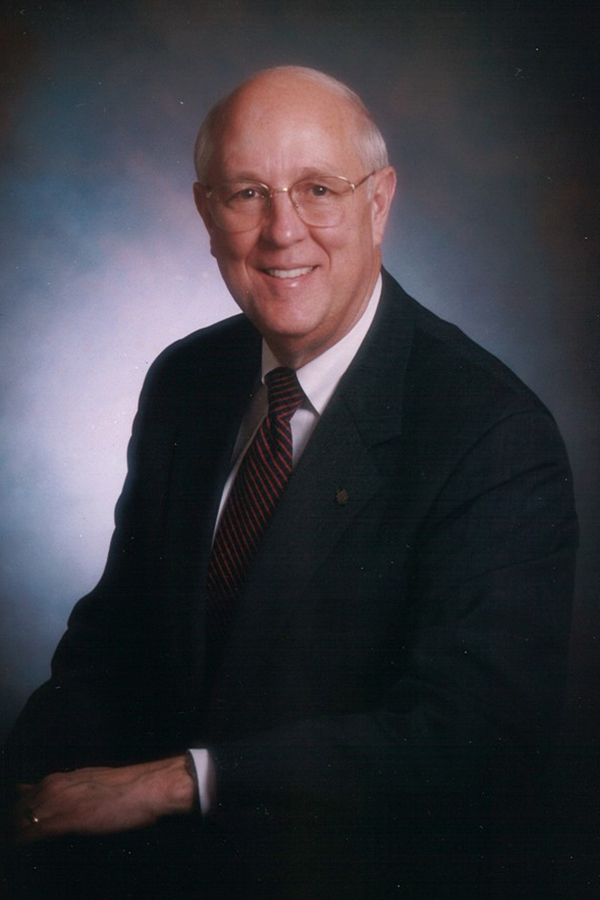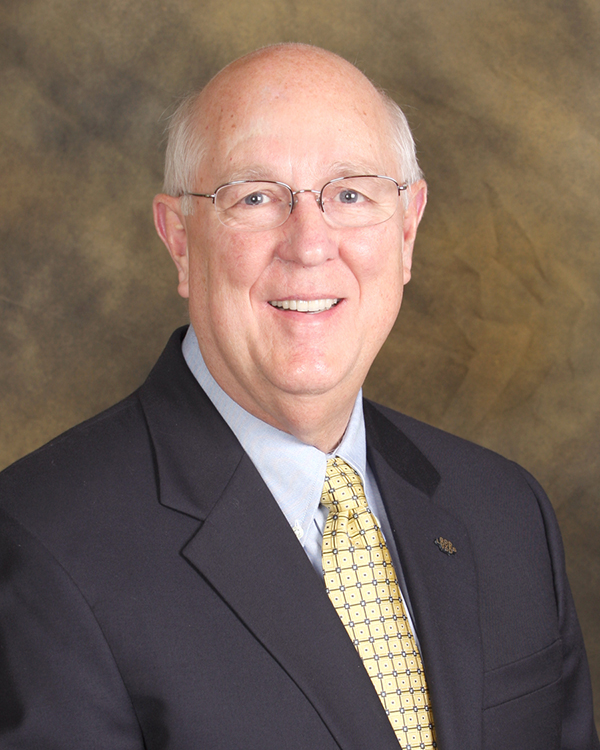Almost everyone has heard the story of the dilemma faced by the town located at the base of a steep mountain ribboned by a narrow, winding road. At one particular place, the curve was so sharp that cars tumbled off the road and down the mountain slope with frightening regularity.
Some of the townspeople supported the local ambulance service that provided the best of care to the unfortunate victims who failed to make the curve. Because of the frequent runs, the ambulance crew became renowned for its quick response and excellent service. The responders were local heroes to many in the community.
Other townsfolk lobbied for warning signs to be placed on either side of the sharp bend and for a guardrail to be built along the edge of the road to protect cars from falling to destruction. If this were done, they argued, accidents would be prevented and lives saved. In addition, the expensive,
publicly supported ambulance service would not
be needed.
The community eventually divided over which was the better approach for the town. As you would expect, the community dilemma eventually became the church’s dilemma. Churches are not just institutions. They are made up of people who live in families and communities. What impacts people in families and communities impacts them in church as well.
The division in the church was worse than the division in the community. One particularly pious group did not want to discuss the issue at all. The fast cars and the careless drivers were proof that the situation was beyond redemption, they said. It was just another sign that the world was getting worse and worse. The church should have as little to do with worldly problems as possible and just preach about heaven and hell.
Another group shared some of those feelings. They did not think the church should get involved in the community debate because it was a public issue. The church’s concern should be about personal issues. After all, Jesus died for individuals, they pointed out, not for society.
The group said it was all right for the church to deal with personal moral and ethical issues, but the church had no business speaking out about public issues. Such things were secular, not sacred. This group was crystal clear in its position. The church should take stands on personal issues but not public ones, because personal issues were sacred and public issues secular.
Advocates of the ambulance service and advocates of the guardrail could not understand either of these groups. The fact that sin infected the world was no reason to withdraw from the world, they reasoned.
Rather, it was because sin is rampant in the world that the church must go into the world with the message of salvation and evidences of God’s care.
What could be a clearer message of God’s care than helping the hurting and remedying those conditions that produced the hurt, they asked. After all, didn’t Jesus care for human hurts?
But there the agreement between the advocates of action stopped. Each side labeled its position “the” Christian position. Each saw its proposals as the only Christian thing to do. Each refused to see merit in the proposals of the other. Each was right and the other was wrong. Discussion got so heated that one ambulance advocate actually questioned the salvation of a fellow Sunday School class member because he supported the guardrail proposal.
Then there were the institutionalists. This group never wanted anything in the church that rippled the waters of sweet fellowship. On occasion, some of this group counseled the pastor to avoid certain topics in his preaching lest he offend particular members of the congregation.
For the church to take a stand on a social issue was out of the question for these. It could bring division in the church. People might stop coming. Offerings might drop. “How can the church do its mission if it does not have resources?” this group would ask at every opportunity. “Silence now for opportunities later” was their motto.
The idea that the church’s silence at crucial times in community life might result in forfeiting the right to be heard in the future never occurred to them.
The pastor did his best to avoid the traps each group in the church set for those who differed with them. He understood that the united voice and concerted actions of the church can have more impact than the force of individual actions. He knew that church members and townspeople alike needed the guidance of a biblically based evaluation of the core problem. They had to hear “This is where the church stands.”
At the same time, he knew that sin not only infected the world. It also infected him and all the members of the church. Their understanding might not be perfect. Their message might not be clear. They could even be wrong. It is humbling to recognize that despite one’s purest and best efforts, one may miss the mark.
The pastor also recognized other issues at work in the crisis. The owner of the ambulance service sat on one side of the church. The construction company owner sat on the other. Their relationship had gone from friendship to politeness to not even speaking. Could other issues be involved in the situation? Perhaps even selfish issues?
The pastor had enough experience to know that no matter what happened, not all the problems would be cured. He was equally sure that the biblical message applied to both personal and public socials ills such as the one facing his beloved town.
Whatever he said would have to address the need for immediate relief.
Last week when that drunken, rowdy husband came home, the pastor had to help the family with an immediate problem. The need to help hurting people at the bottom of the mountain was no different, he reasoned.
And just as he was now working to prevent another occurrence of last week’s episode with the drunk man’s family, the church’s message about the curve had to include ways of preventing accidents from occurring in the first place. Could he do it? Would he do it? No one knows.
The story about the mountain curve and the argument over ambulance and guardrail keeps on being retold and always without an ending. The story is not too different from today’s situations.
Many people are waiting to hear “This is where the church stands” about issues in our communities, our state and our nation.
The question is whether we will allow the gospel message to address the issues of our day.




Share with others: